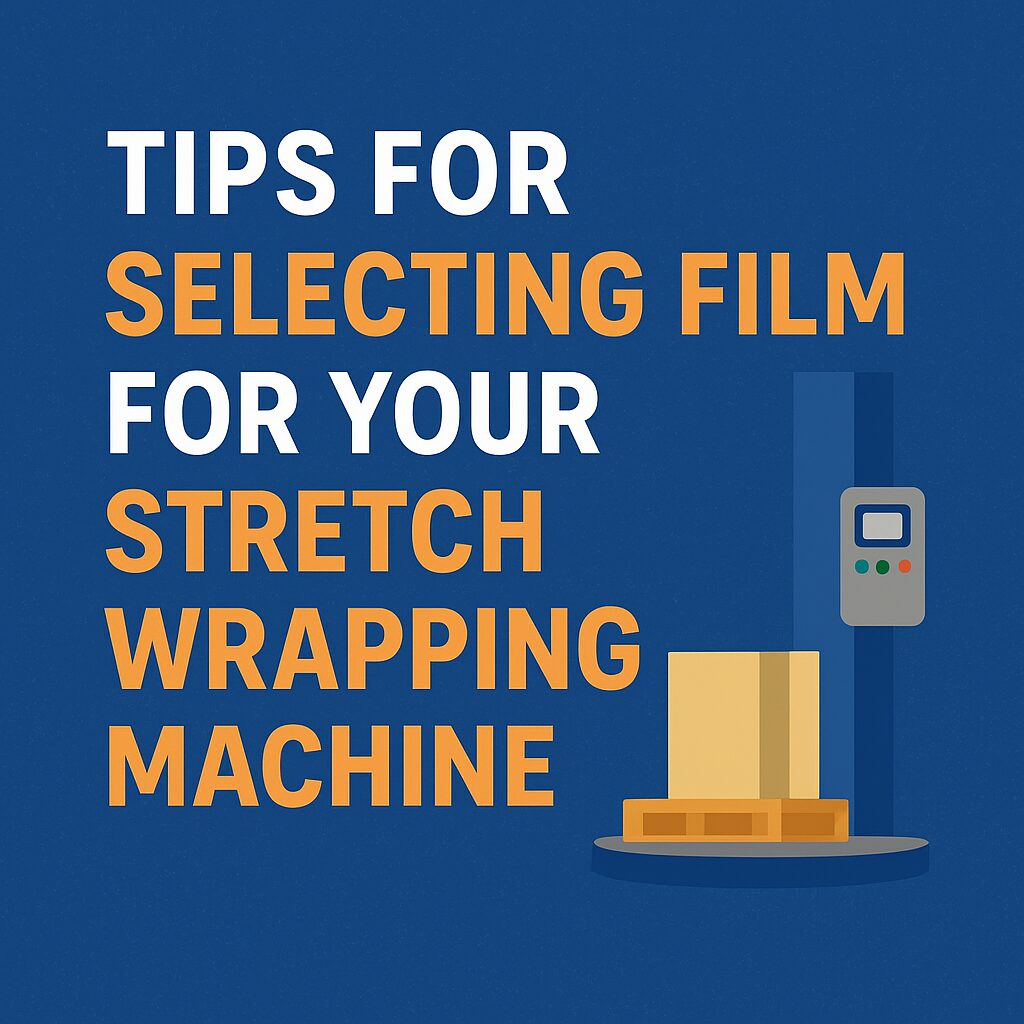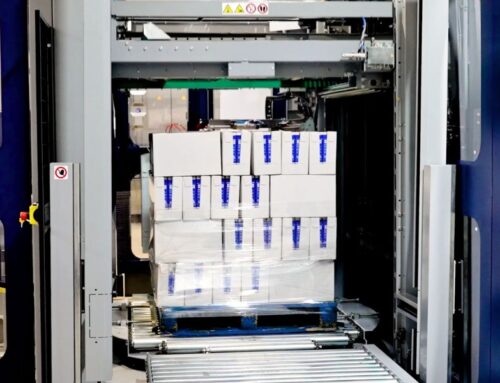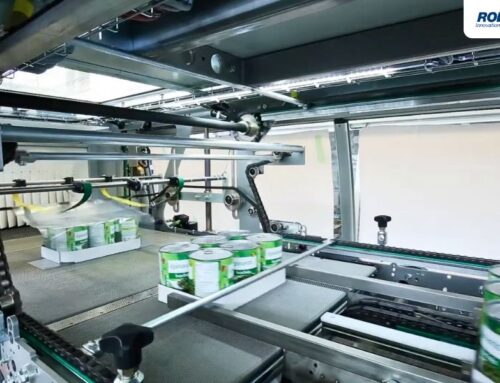Selecting the correct stretch film for your stretch wrapping machine directly impacts load security, material costs, and operational efficiency. The wrong film choice can cause product damage during transit and material waste. In this guide, we’ll describe several tips on how to select the best film based on your stretch wrapping machine.
Match the Film to the Load Configuration
Load types require different film approaches for secure wrapping. Type A loads have uniform shapes and closely match pallet dimensions, making them easy to wrap with standard film grades and minimal puncture risks. These are common in manufacturing facilities that ship identical products repeatedly.
Type B and C loads require more careful handling. Type B loads have irregular stacking patterns or mismatched pallet sizes, creating moderate puncture risks and requiring thoughtful film selection. Type C loads are the most challenging because they feature varying shapes, sizes, and sharp edges, which pose puncture risks.
Select Film Grade for Equipment Type
Equipment capabilities dictate which film grades perform best. Premium stretch films are ideal for fully automatic pallet wrappers with pre-stretch mechanisms, as they handle high tension and stretch ratios, offering substantial strength and puncture resistance.
Economy films work well with conventional equipment operating at lower stretch levels, where reduced tension allows lighter-gauge films to securely contain loads. Mid-range films are the best for pre-stretch equipment at moderate performance levels, offering balanced properties for consistent application and moderate stretch ratios.
Consider Load Weight and Product Requirements
Pallet load weight and product characteristics influence film selection decisions. Heavy loads require thick-gauge films and additional wrap layers to contain items throughout transportation.
Light products may shift during wrapping, necessitating films with controlled stretch properties. Sharp-edged products demand puncture-resistant films that maintain integrity under contact and tension from protruding corners or edges.
Evaluate Special Performance Features
Special film wrap benefits unique applications. One-sided slip films prevent load shifting during transit while maintaining secure wrapping characteristics. The films work particularly well for bundling applications or for transporting loads long distances.
UVI protection becomes essential when storing products outdoors or under extensive exposure to sunlight. Ultraviolet inhibitors prevent film degradation that could compromise load security over time.
Account for Transportation Distance
The last tip for selecting film for your stretch wrapping machine is to account for the shipping distance of the load. Long-distance transportation subjects loads to extensive vibration, temperature changes, and stress. The conditions require high-performance films that maintain containment force throughout the journey.
Local deliveries may accommodate standard film grades since loads experience minimal stress during short transportation periods. However, multiple handling points during distribution can still benefit from enhanced film performance.
Optimize the Film Selection Process
Choosing the right film balances load security with cost efficiency. Start by classifying your load types and matching them with your equipment’s capabilities. Consider transportation distances and any environmental factors your products may face.
If you still have questions about which stretch wrap film is ideal for your machine and application, contact our expert and friendly team at Robopac USA to discuss your stretch wrapping needs. Our packaging experts can help you find the film grade most suitable for your equipment and load requirements, ensuring maximum performance and cost savings.







